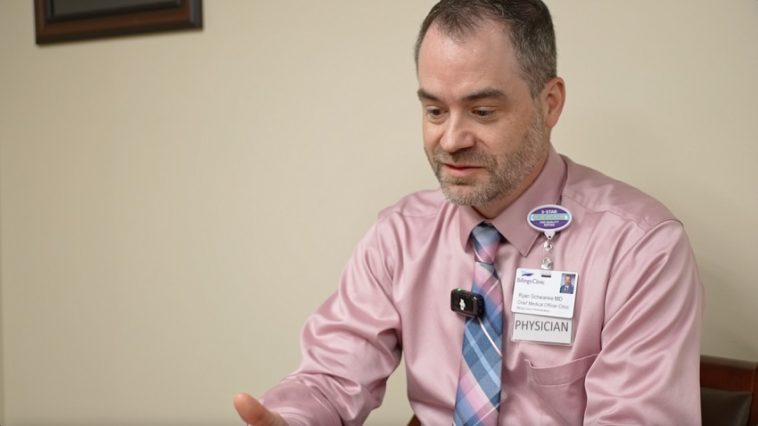Missoula, MT – As the United States grapples with a looming shortage of medical professionals, hospitals in Billings, Montana, are ramping up efforts to address the growing demand for physicians. According to the Association of American Medical Colleges, the U.S. could be short 86,000 doctors by 2036. In response, Billings-based healthcare facilities like Billings Clinic and St. Vincent Regional Hospital are enhancing their residency programs in the hopes of training and retaining more doctors to serve rural communities.
Residency programs, which serve as hands-on training for newly graduated doctors, have become a critical tool for hospitals not only to meet local healthcare needs but also to ensure that new physicians are more likely to stay within the region. Dr. Ryan Schwanke, Chief Medical Officer at Billings Clinic, emphasized the importance of a positive residency experience, stating, “Being a resident is actually a really exciting time because you learn a lot. That first year of residency is a very steep learning curve.”
Research indicates that most medical residents tend to remain close to the hospitals where they complete their residency. Billings Clinic is working to ensure its program offers a supportive and enriching experience to encourage residents to stay in Montana after they complete their training. The hospital currently hosts residents in various specialties, including psychiatry, general surgery, and family medicine.
One of the major challenges faced by Billings Clinic is recruiting physicians in certain specialties, especially psychiatry. Dr. Mariela Herrera, the program director of the psychiatry residency at Billings Clinic, explained that recruiting physicians in child and adolescent psychiatry, in particular, has proven difficult. “Psychiatry in general, but child adolescent psychiatry is hard to recruit. I guess not every physician likes to come to Montana,” Herrera said. Billings Clinic currently hosts three psychiatric residents, with plans to maintain that number as the clinic continues to expand its program.
The growing shortage of general surgeons, particularly in rural areas, has also prompted Billings hospitals to expand their surgical residency programs. Dr. Barry McKenzie, a general and trauma surgeon at St. Vincent Regional Hospital, highlighted the national shortage of general surgeons and the challenges it poses for rural communities. “There’s a growing shortage of general surgeons in the country. They’re talking about thousands and thousands… of surgeons within the next 10 years. And the biggest area that’s going to be most affected by that is rural communities,” McKenzie said.
St. Vincent’s surgical residency program, which collaborates with St. Joseph Hospital in Denver, aims to address this shortage by training the next generation of surgeons in the region. However, Dr. Ryan Farris, a hospitalist with Intermountain Health, which owns St. Vincent, noted that recruitment remains a major challenge. “I think in a lot of ways, it’s only getting worse with time. We’re finding a harder time finding physicians. We’re having a harder time recruiting,” Farris said.
Despite the challenges, both Billings Clinic and St. Vincent Regional Hospital are optimistic about the future. Efforts to expand residency programs, along with the addition of Rocky Vista University on the west end of Billings, are expected to provide a pipeline of medical professionals for the area in the coming years. The Montana Family Medicine Residency Program with RiverStone Health is also playing a pivotal role in ensuring a steady supply of family physicians.
Dr. McKenzie urged patients to be patient as the hospitals work to meet the growing demand for healthcare services. “Please bear with us as we try to figure out what’s the best thing for you, and know we’re absolutely trying to do the very best we can,” McKenzie said.
While these efforts are a step in the right direction, the physician shortage remains a complex issue that will require continued innovation and long-term solutions. For now, residency programs in Billings are helping to train and retain a new generation of doctors, with hopes that these efforts will be enough to stem the tide of healthcare provider shortages in rural Montana.



